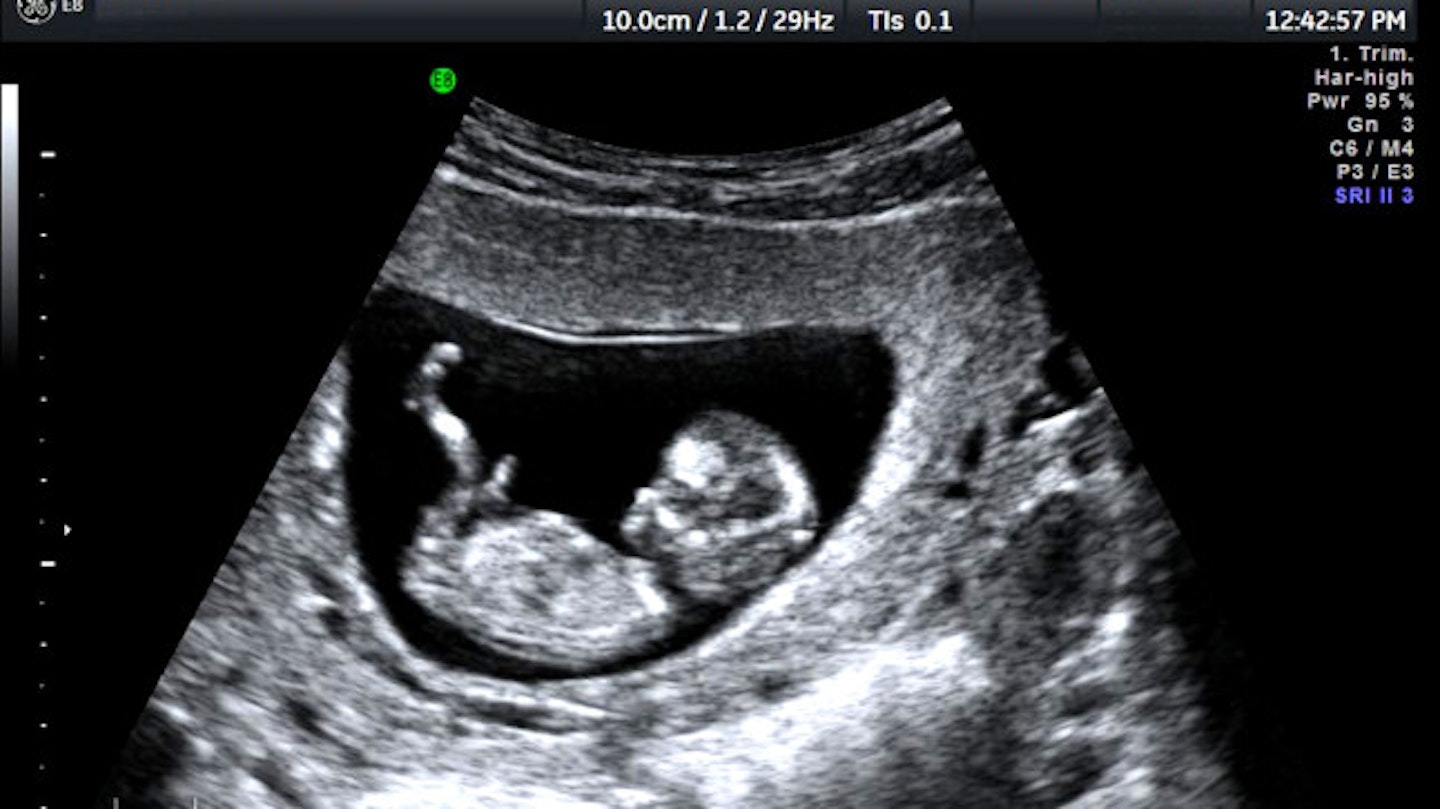What is fetal growth restriction (FGR) / intrauterine growth restriction (IUGR)?
It is a condition in which a baby's growth slows or stops when they are in the womb.
How many people does it affect?
IUGR / FGR occurs in around five percent of all pregnancies.
What causes IUGR / FGR?
It is usually caused by a problem with the placenta, a major pregnancy organ which carries oxygen and nutrients to the baby and permits the release of waste products from the baby.
Pregnancies that have any of the following conditions may also be at a greater risk for developing FGR / IUGR:
-
Maternal weight of less than 100 pounds
-
Advanced diabetes
-
High blood pressure or heart disease
-
Infections such as rubella, flu, cytomegalovirus, toxoplasmosis, and syphilis
-
Kidney disease or lung disease
-
Malnutrition
-
Anaemia
-
Sickle cell anaemia
-
Pre-eclampsia
-
Pregnancy induced hypertension (PIH)
-
Umbilical cord abnormalities
-
Smoking, drinking alcohol, or abusing drugs
-
Birth or chromosomal defects in the baby
-
Multiple gestation (twins, triplets, or more)
-
Low levels of amniotic fluid or oligohydramnios
If you have any of the conditions listed above, you'll have ultrasounds to check your baby's growth, even if your belly measurements during your prenatal visits are normal.
What are the main symptoms of IUGR / FGR?
The main symptom is a small for gestational age baby. More specifically, this is usually determined when the baby's estimated weight is below the 10th percentile - or less than that of 90% of babies of the same gestational age.
After birth, IUGR / FGR can be diagnosed by the baby’s smaller-than-average size, their paleness, their loose / dry skin, or their thin and dull umbilical cord.

How can my doctor or midwife tell how big my unborn baby is?
They will assess the size of your uterus during a pelvic exam in your first trimester, and, following this, will check your baby's growth by measuring your belly at every prenatal visit.
If the measurement is smaller than your due date indicates it should be (this is called "small for dates"), they will follow up with an ultrasound to pinpoint your baby's size and weight.
REMEMBER: If you're in the first half of pregnancy and this is your first ultrasound, you may measure small because your due date (based on your last period) is wrong. This can happen if you remembered the first day of your last period incorrectly or ovulated later than usual in your last cycle.
How will they diagnose IUGR / FGR?
Once your baby’s correct gestational age has been established, your doctor or midwife can use the following methods can be used to diagnose IUGR:
-
Pelvic examination - They will measure the fundal height (the distance from the top of the mother’s uterus to the pubic bone). After the 20th week of pregnancy, the measure in centimeters usually corresponds with the number of weeks of pregnancy. A lower than expected measurement may indicate the baby is not growing as it should.
-
Ultrasound - They will check to see if measurements calculated are smaller than would be expected for the gestational age. They may also check how much amniotic fluid is in the uterus, as a low amount could indicate IUGR / FGR.
-
Doppler flow - Using sound waves to measure the amount and speed of blood through the blood vessels, they will check the glow in the umbilical cord and in the vessels of the baby’s brain.
What will happen if my baby has IUGR / FGR?
If you are diagnosed with IUGR / FGR, you will:
-
Have a detailed ultrasound
-
Be offered an amniocentesis check for chromosomal abnormalities
-
Be offered (depending on your situation) blood tests or an amniocentesis to see if an infection or problems with blood clotting is the cause
-
Be watched for signs of preeclampsia
-
Have an ultrasound every two to four weeks
-
Have your baby monitored with non-stress tests, biophysical profiles, and Doppler ultrasounds
-
Have regular weight checks
If your baby’s gestational age is 34 weeks or greater, health care providers may recommend being induced for an early delivery.

How can I help my baby?
It is important for you to recognise your baby’s movement patterns and monitor them.
Movements, according to Count The Kicks, can be kicks, swooshes, punches, flips or turns (hiccups however are NOT classed as movements).
If you haven’t felt your baby move by 24 weeks, contact your midwife immediately and she can arrange an ultrasound scan to check the baby is well.
You should also:
-
Attend all of your prenatal and feral testing appointments
-
Give up drinking, smoking, or using drugs
-
Ask your doctor or midwife for a nutritional guide, to help you to ensure your baby is getting all the nutrients he / she needs
-
In some cases, you may be asked to abstain from aerobic exercise
How will IUGR / FGR affect my baby’s delivery?
If you were planning to deliver at a small community hospital, you may need to transfer to a larger hospital with a neonatal intensive care unit (NICU) that can better handle any problems that might crop up.
If you are diagnosed with FGR / IUGR at or near term (37 weeks), you'll most likely be induced or have a c-section.
If you're not near term, what happens will depend on how you and your baby are doing. If your baby isn't doing well or you're very sick — with severe preeclampsia, for example — you may have to deliver early.

What are the risks to a baby born with FGR / IUGR?
Unborn babies with fetal growth restriction can grow so slowly in the womb that they are at risk of death or illness.
Sadly, some babies diagnosed with FGR / IUGR are stillborn.
Others remain at risk of:
-
Hypoxia (lack of oxygen when the baby is born)
-
Meconium aspiration (when the baby swallows part of the first bowel movement)
-
Hypoglycemia (low blood sugar)
-
Polycythemia (increased number of red blood cells)
-
Hyperviscosity (decreased blood flow due to an increased number of red blood cells)
-
Lifelong disabilities, such as cerebral palsy.
They also have an increased chance of developing heart disease, diabetes and high blood pressure in adulthood.
For more information, please visit Tommys.org now.
